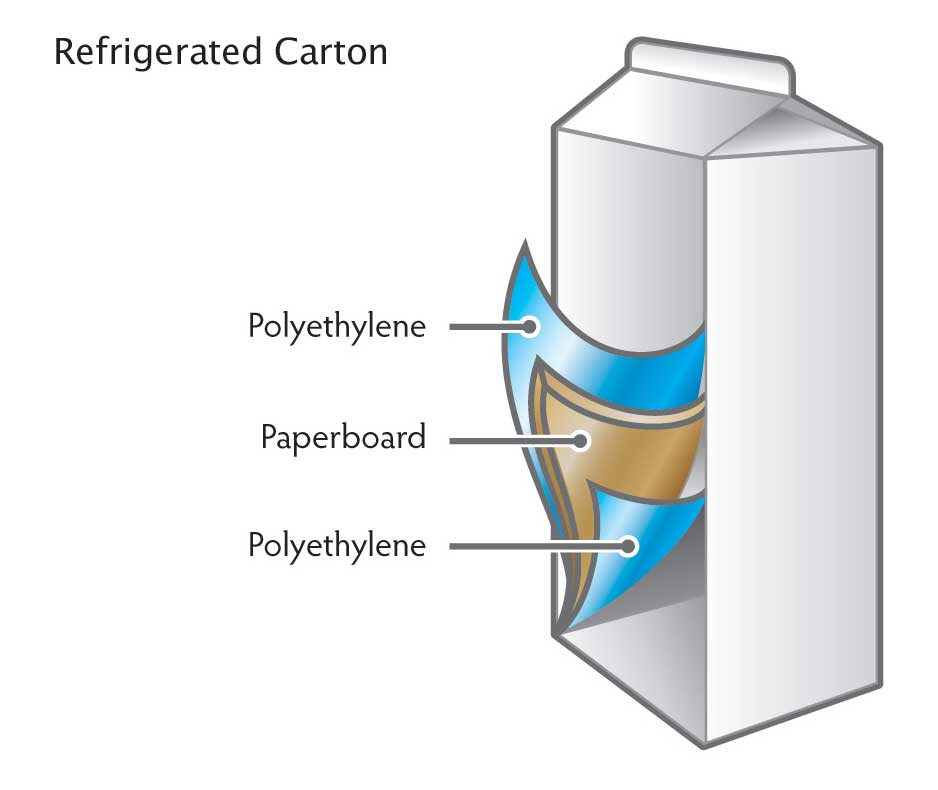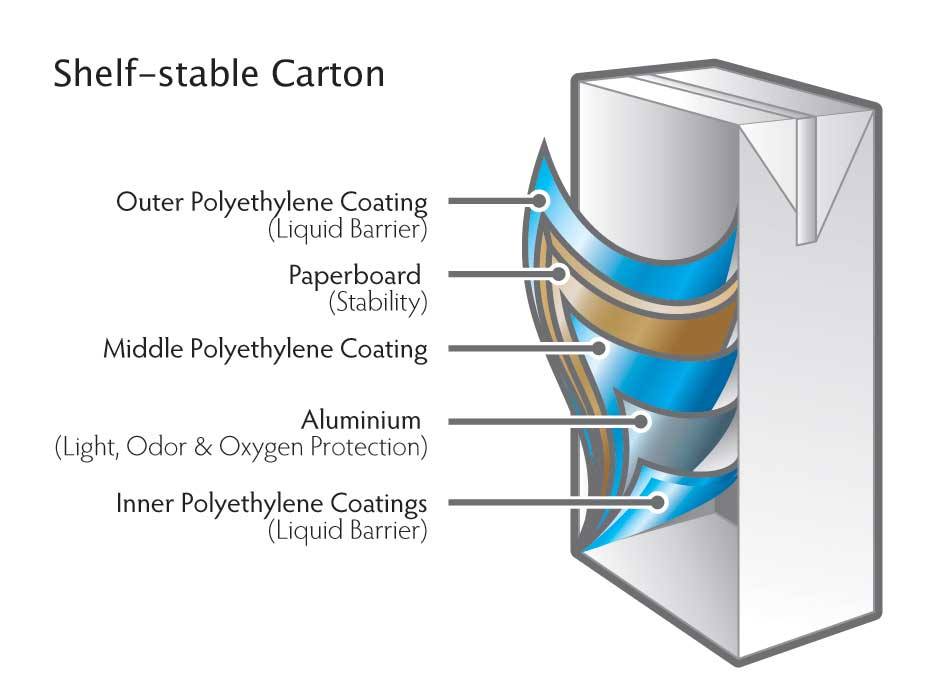Recycling is real!
A lot of press highlights a few examples of how contamination leads to recycling being trashed, and this has led to distrust in recycling. This advocacy campaign aims to dispel those beliefs: https://recyclingexists.com/
Minnesota’s waste management hierarchy

I never paid much attention to the right side of the hierarchy, but after working with the Zero Burn Coalition, I noticed that waste to energy (incinerators!) is above landfills. Incinerators should NOT be preferred to landfills.
Source reduction and reuse: Preventing waste before it gets created through the design, manufacture, purchasing, or use of items
- Examples at the industry level:
- Creating products using recycled materials
- Creating products that are more durable (so that they are only bought once)
- Using less packaging
- Examples at the individual level:
- Not taking a plastic bag
- Meal planning to reduce food waste
- Buying used instead of new products
Recycling
-
“Closing the loop”: when we recycle, we need to make sure that we are ALSO buying goods that are made from recycled materials. Otherwise recycling isn’t doing anything.
-
MRF = materials recovery facility. Where recycling materials get processed
-
At Eureka Recycling in NE Minneapolis employees (many of whom manually sort items on the conveyor belt) earn
- learn-more Is there data on how common this is?
-
Cities often have many different haulers because different haulers may better meet the needs of different areas
-
How to read recycling labels:
 Source
Source -
Importantly, if the how2recycle.info label is not present, but a green looped arrow is present, the product may be greenwashed.
Metal
- Aluminum and steel can be recycled curbside
- How it gets recycled:
- Paper labels get shredded off
- Melted
- Rolled into huge sheets
- Aluminum and steel are infinitely recycled because they don’t lose any properties when melted
- How to recycle:
- Empty and rinse
- Keep tabs and lids on (because the small tabs and lids, if separated, are too small to be picked up by machinery and may end up on the floor as litter)
- Do not crush/flatten (air is used to puff the cans off the conveyor belt, and this won’t work well if they’re crushed)
- If can has vinyl shrink wrapping (like from craft beers), best is to cut off that wrapping and trash it. (Even though it can be burned off, it can result in impurities lingering on the metal.)
Glass
- Can recycle clear, brown, and green glass
- How it gets recycled:
- Contamination is removed using magnets and heat
- Crushed into pellets and sorted by color using an optical scanner
- Melted and molded into new products
- How to recycle:
- Empty and rinse
- Remove plastic caps, pumps, and spray tops → put in trash
- Not all glass can be recycled
- e.g., Pyrex, mirrors, drinking glasses, ceramics, windows have different melting points than glass jars for food
Paper
- How it gets recycled:
- Paper gets mixed with water to create pulp
- Chemicals and soaps can remove the ink
- Machines remove water, flatten, and dry the pulp
- Dry pulp is rolled into large rolls
- How to recycle:
- Remove plastic and tape
- Flatten and keep dry
- Paper can only be recycled about 4-7 times because the recycling process shortens the fibers in the paper
- Don’t put in cart:
- Shredded paper - can’t be sorted by machinery
- Wax-coated frozen food boxes
- Tissue paper (too thin)
- Wrapping paper (contains foil and glitter)
- To go coffee cups
Paper cartons
-
There are 2 types of cartons:


-
How to recycle:
- Empty and rinse
- Do not flatten
- Leave caps on
-
Paper egg cartons often contain fibers that are too short to be recycled - these can be composted though
Plastics
- How it gets recycled:
- Washed to remove labels
- Sorted by type
- Ground into flakes
- Flakes are sorted by color and melted into pellets
- Black plastic can’t be recycled because the optical sorter can’t detect plastic of that color. Black plastic also doesn’t have a great end market because it can’t be turned into other colors.
- Don’t recycle plastic bags because they jam recycling equipment
Recycling markets and end producer responsibility
- We’re working toward a circular rather than a linear economy
- Wish-cycling negatively impacts the recycling market
- Shuts down facilities
- Increases costs to recycle
- Triggers penalties to recyclers and cities
- Harder to sell and decreases market value
- learn-more What legislation incentives are there for companies to use recycled feedstocks instead of new feedstocks? I’m curious about the financial incentives
- learn-more Packaging Waste and Cost Reduction of Act of 2024
- Requires packaging to be reusable, recyclable, compostable by 2032
Trash
Trash in Ramsey and Washington Counties is taken to the Recycling and Energy Center
The MN Waste Management Act mandates that counties need to meet certain standards.
The R&E center tries to sort through trash to divert as much as possible from landfills. What’s in our trash? (2022 data)
- Organics: 33%
- Paper: 20%
- Plastic: 16%
In the future R&E is trying to pivot so that what gets put in trash can be recovered as resources:
- Food Scraps Pickup Program
- Recyclables Recovery System
- #1 and #2 plastics
- Cardboard
- Organic-rich material
- Anaerobic digestion learn-more
Food and yard waste
Compost is soil made of:
- Soil particles (sand, silt, clay): 45%
- Water: 25%
- Oxygen: 20%
- Carbon dioxide: 5%
- Organic matter: 5%
- The living (living plant roots and soil organisms): 15%
- The dead (dead and decomposing plant roots and soil organisms): 15%
- The very dead (fully decomposed plant roots and soil organisms): 70%
How does composting work? Stages of decomposition:
- Mesophilic
- Happens at cool temperatures
- Done by insects and bacteria
- Breaks down easily available materials
- Thermophilic
- Happens at hot temperatures
- Done by heat-tolerant microorganisms
- Curing
- Happens at cool temperatures again
- Done by actinomycetes and fungi
Fiber recycling from textiles
On a tour of the Goodwill St. Paul outlet and distribution center on April 10, 2025, Alan Hurd (Manager of Donation Services) told our group about new technology that is able to break down textiles into their component fibers. It’s currently too expensive to use at scale, but it could revolutionize sustainability efforts related to the textile industry.
Aksay Sethi and Moby Ahmed founded Los Angeles-based Ambercycle in 2015 as they developed a breakthrough technology using a biological recycling process that enables the molecular separation of different fibers, such as cotton and polyester. This process, known as Ambercycling, produces regenerated materials from post-consumer waste that has been separated and purified at the molecular level. In their process, a whole T-shirt goes into a reactor, and using their patented process, polyester is recovered and reformed into a yarn. These newly regenerated materials can then be made into fabrics for new garments. This not only reduces garments from going into landfills but also reduces the need to use new resources. Ambercycle introduced Cycora® which has been designed to serve as a direct replacement for polyester used in apparel. Cycora is a closed-loop circular yarn created using regenerated textile waste. Ambercycle also collaborated with Avery Dennison to create a unique, scannable QR code label, which allows for full traceability, transparency, and authenticity. Source: Fiber-to-Fiber Textile Recycling
Other sources:
- https://www.weforum.org/stories/2024/02/technology-recycle-mixed-fabric-elastane/
- https://phys.org/news/2024-07-chemical-textile-fibers-easier-recycling.html
- https://www.technologyreview.com/2024/07/03/1094668/polyester-clothing-recycling/
- https://textileexchange.org/textile-to-textile-recycling-supercircle/
- https://looptworks.com/fiber-to-fiber/
Beyond Plastics: Grassroots Advocacy Training
Ethane cracking facilities—result = plastic nurdles (small bead-sized pellets). These nurdles often spill off trains and end up in soil.
Why are there so many plastics? Fossil fuel industry decided that plastics production is their Plan B after the world started moving away from fossil fuels and towards renewable energy (https://www.beyondplastics.org/publications/the-new-coal)
Only 6% of plastics get recycled because of colors and types of chemicals in the plastics. The plastics industry tried to push chemical recycling but it doesn’t work—there’s a Beyond Plastics report on this.
https://www.beyondplastics.org/act
Sustainability Data Hubs
- USC built one in collaboration with their Spatial Sciences Institute: https://sustainabilitydata.usc.edu/
Teaching sustainability
Datasets:
- Open-access educational resource: Data Analysis in R to Gain Insights for Conservation: Examples from Long-Term Ecological Research (from the Network of Conservation Educators and Practitioners (NCEP) at the American Museum of Natural History): https://doi.org/10.5531/cbc.ncep.0189
- United Nations Sustainable Development Goals Data Explorer
- https://uninfo.org/data-explorer
- https://dashboards.sdgindex.org/explorer
- Upstream’s Policy Tracker
- Cases: policies
- Variables: binary features of policies (e.g., Accessories on Request, Cup/Container Charge, Reuse at Events and/or Venues)
Other resources
- 📖 Fostering Sustainability in Higher Education
- 📖 The Serviceberry
- 📚 Beyond Plastics: Reading List
- This is Planet Ed
- Environmental organizations in Minnesota (and across the US)
- The All We Can Save Project
- US Green Building Council
- USC’s Student Sustainability Training
- Introduction to Sustainability OER textbook
- For College Students, It’s Summer Vacation. For Scavengers, It’s Christmas. (NYT article about dumpster diving after college move-out)
- Why I live a zero waste life | Lauren Singer | Ted Talks Teen